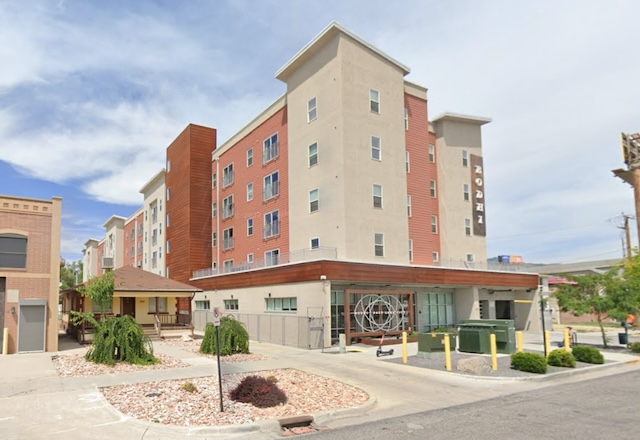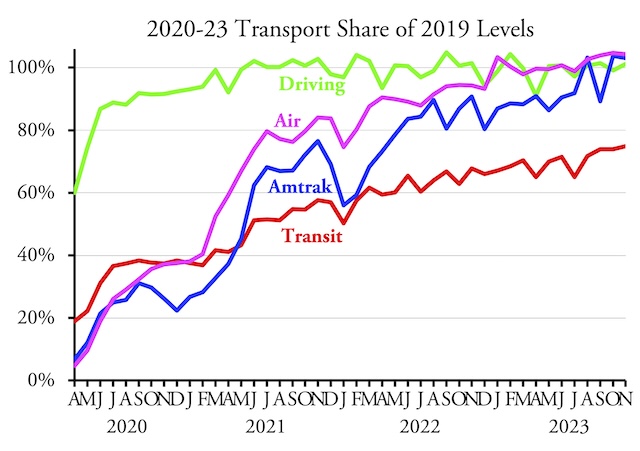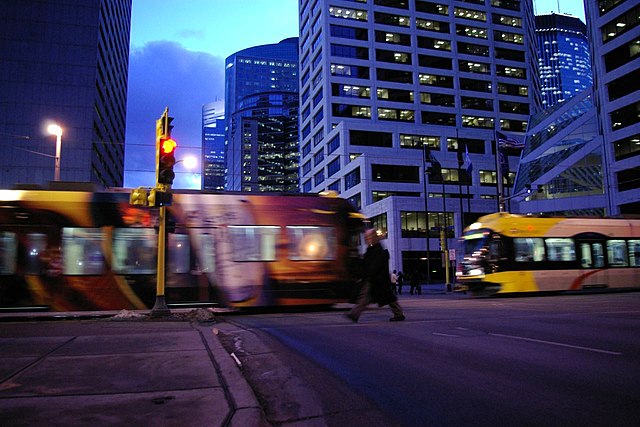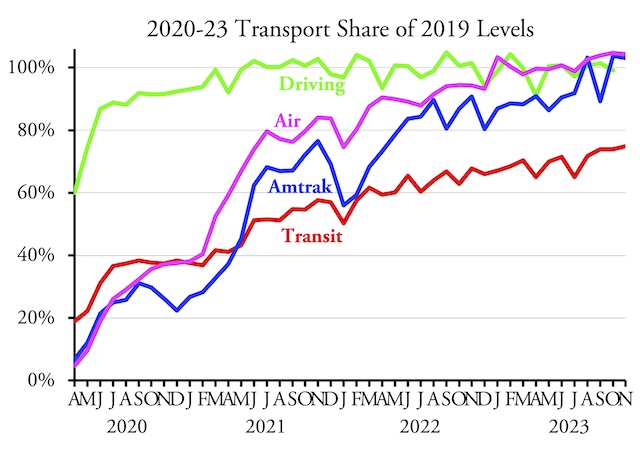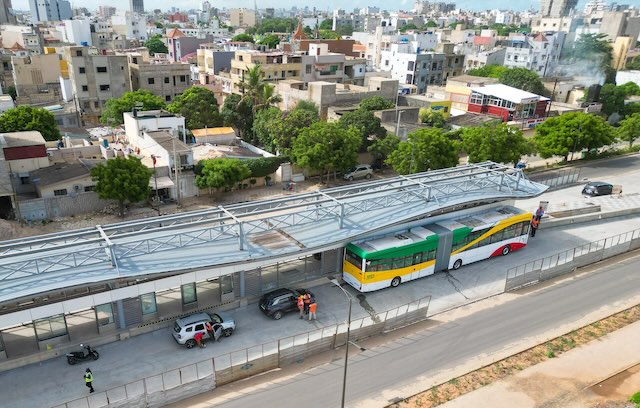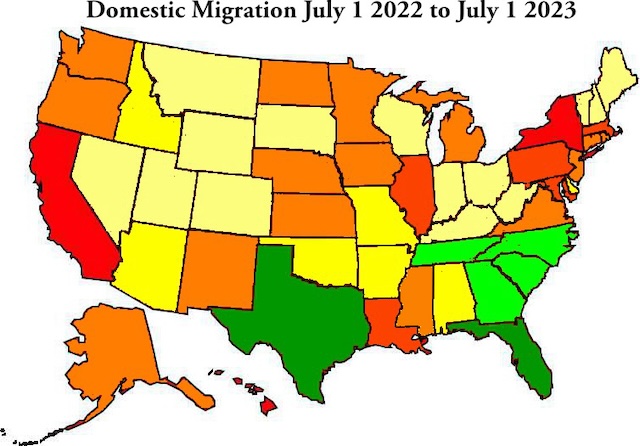The Divided We Fall web site has posted a debate over the housing crisis between the Antiplanner and former U.S. Ambassador Charles Ray. The debate covers some important issues, but I had hoped that my opponent would be a card-carrying member of the Affordable Housing Industrial Complex. Instead, Ray and I ended up agreeing on more issues that we disagreed about.
Affordable housing project in Salt Lake City. Source: Google street view.
I wanted to make the debate about the billions of tax dollars being spent building not very much housing. But it turned into a debate over housing affordability in general, which is both a completely different issue and too broad to cover in 1,000 words. Continue reading

